Protozoa: Excretion and Osmoregulation
Vacuoles can be seen by light microscopy in the cytoplasm of many protozoa. Some of these vacuoles periodically fill with...
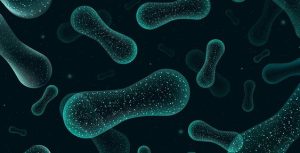
Vacuoles can be seen by light microscopy in the cytoplasm of many protozoa. Some of these vacuoles periodically fill with...

Nucleus As in other eukaryotes, the nucleus is a membrane-bound structure whose interior communicates with the cytoplasm by small pores....
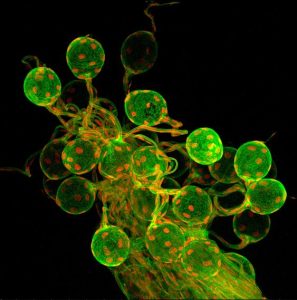
A cilium or flagellum has considerable internal structure. Each flagellum or cilium contains nine pairs of longitudinal microtubules arranged in...

A protozoan, or unicellular eukaryote, is a complete organism in which all life activities occur within the limits of a...
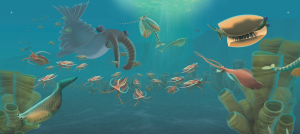
Eukaryotes (“true nucleus”) have cells with membrane-bound nuclei containing chromosomes composed of chromatin. Constituents of eukaryotic chromatin include proteins called...
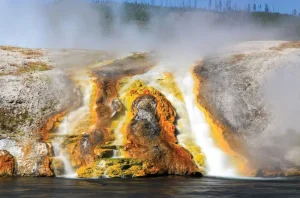
The Oparin-Haldane hypothesis stimulated experimental work to test the hypothesis that organic compounds characteristic of life could be formed from...

The origin and maintenance of life on earth depend critically upon water. Water is the most abundant of all compounds...
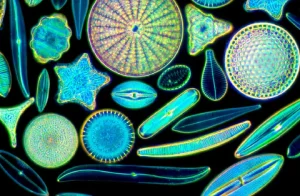
The earliest bacterium-like organisms proliferated, giving rise to a great variety of forms, some of which were capable of photosynthesis....

Darwin’s theory of evolution is now over 140 years old. Darwin articulated the complete theory when he published his famous...